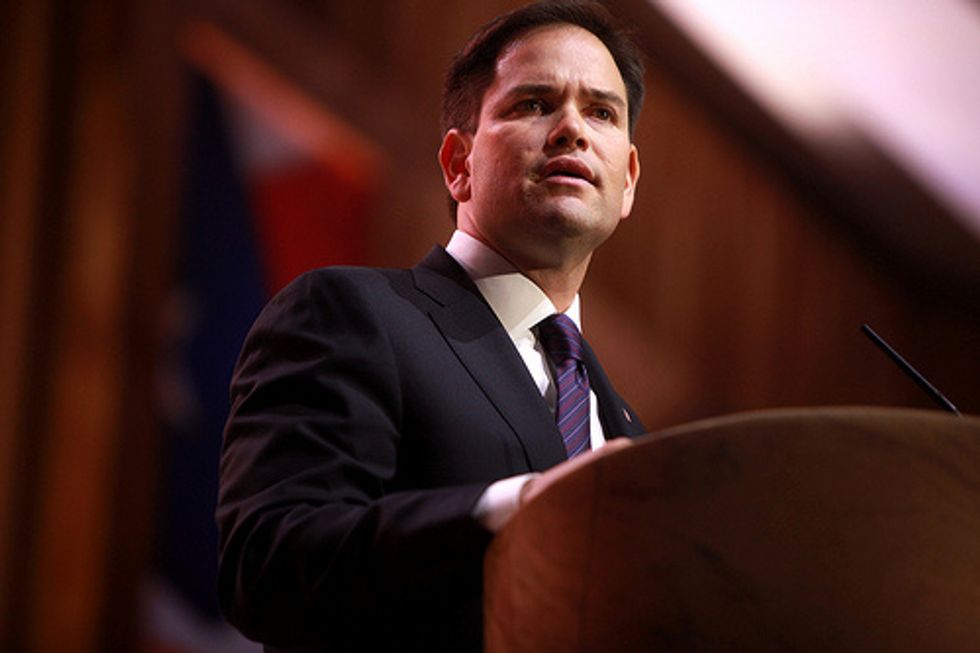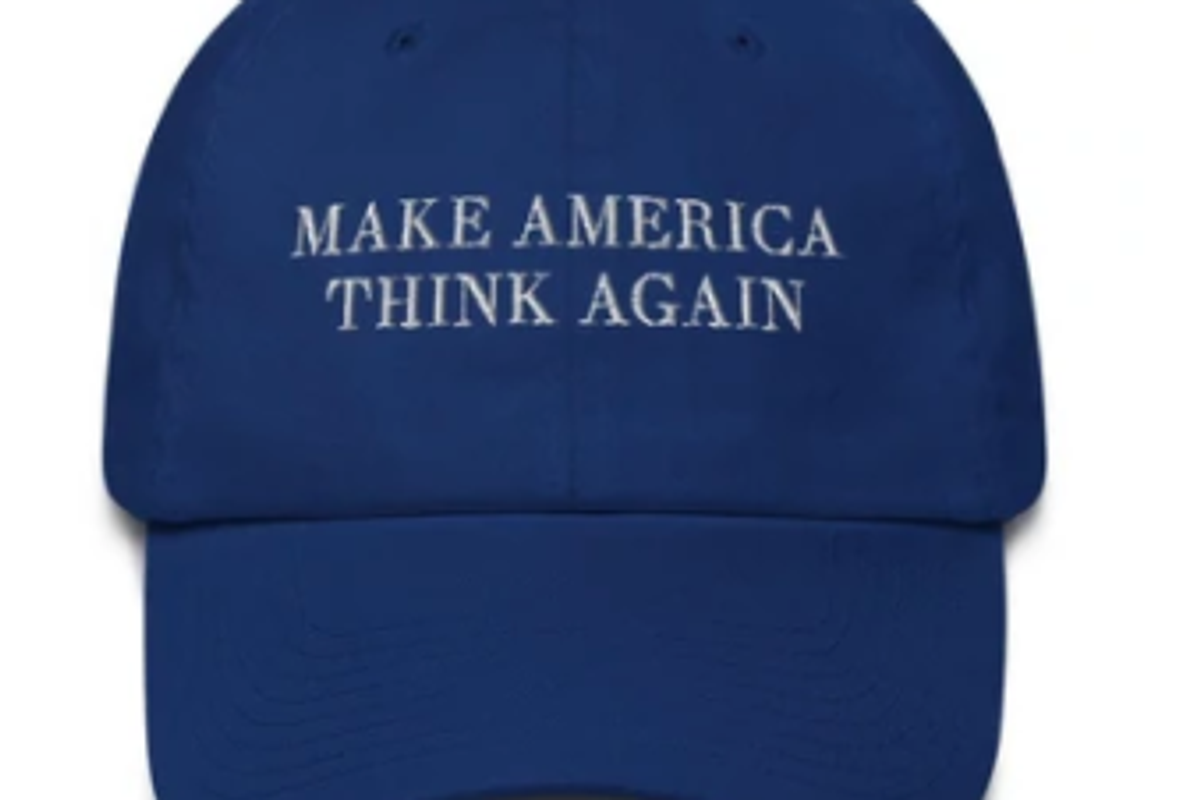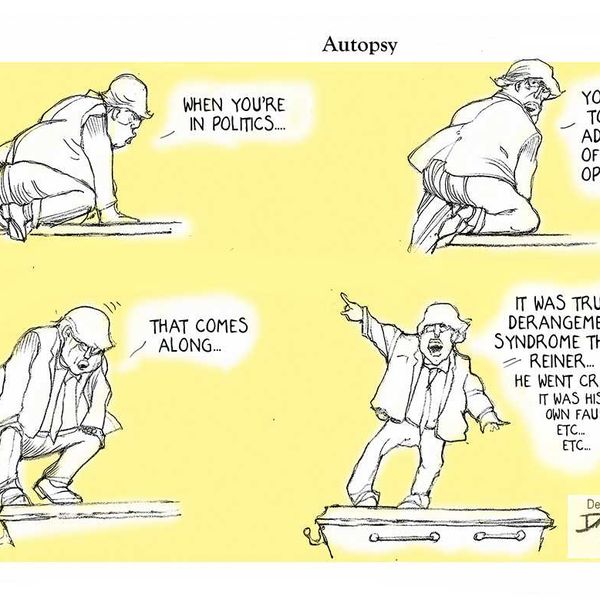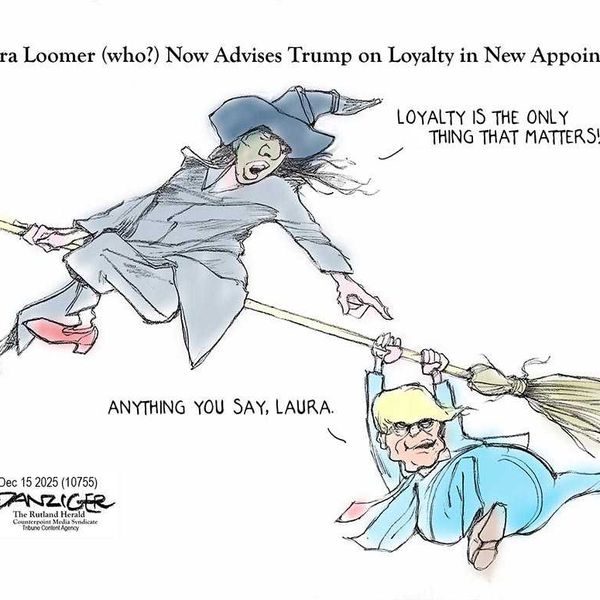
By Chris Adams, McClatchy Washington Bureau (TNS)
WASHINGTON — For Marco Rubio and his leadership political action committee, a lot of money comes in. But when it comes to supporting his fellow candidates, not a lot goes out.
Rubio, a Republican senator from West Miami, Fla., and a potential presidential candidate in 2016, controls a leadership PAC that topped all others this past election cycle, bringing in more money than nearly 300 similar fundraising outfits in Congress, according to an analysis of federal campaign records.
Reclaim America PAC, Rubio’s committee, collected about $3.8 million for the 2014 midterm elections, according to Federal Election Commission filings through late November. It spent just under $4 million, ranking No. 2, just behind the leadership PAC for U.S. Rep. Paul Ryan (R-WI), a former vice -presidential candidate.
But that’s taking into account all spending — and on one key measure, Rubio’s leadership PAC doesn’t rank nearly so high.
Rubio’s leadership committee spent $645,255 on contributions to other federal candidates or expenditures on their behalf. Among 298 PACs classified as similar to Rubio’s, Reclaim America ranked 10th in the such spending.
It ranked No. 254 in the percentage of its money spent that way.
Compare that with the leadership PACs just above and below Rubio’s on spending: The leadership PAC for Sen. Richard Burr (R-NC) spent $654,500 on other candidates — 65 percent of its total outlays.
The leadership PAC for Sen. Richard Durbin (D-IL) spent $631,250 on other candidates — 74 percent of its total outlays.
Rubio’s spent 16 percent on colleagues’ races, according to a McClatchy analysis of FEC data. The analysis examined records for all qualified congressional leadership PACs and calculated direct contributions to other federal candidates, and what are known as “independent expenditures” on behalf of those candidates. The average among all leadership PACs in the analysis was 48 percent.
Instead of contributions to other candidates — a typical expense for such committees — Rubio’s PAC spent the majority of its money on fundraising, strategy, research and other expenses not directly listed as supporting his fellow politicians running for office.
They are, however, expenses that could help support a presidential candidacy.
In doing so, Rubio is following a “very common, time-honored, bipartisan tradition,” according to Sheila Krumholz, executive director of the Center for Responsive Politics, a nonprofit group that tracks campaign finance issues.
Leadership PACs, she said, allow candidates to operate in “stealth mode,” traveling the country and building name recognition before they start presidential candidacies.
“The PAC is investing in itself, investing in building up its donor list, investing in its own organization,” Krumholz said.
Even factoring in the independent expenditures, she said, “He’s still spent more on his own strategy and research and on fundraising and media than he did on other candidates. When does campaigning for Cory Gardner stop and campaigning for Marco Rubio’s presidential run start?”
Gardner, a U.S. representative from Colorado, was one of the challengers running for the U.S. Senate who received help from Rubio. Others included state Sen. Joni Ernst in Iowa and U.S. Rep. Tom Cotton in Arkansas. All three won.
Krumholz’s group assigned spending categories to leadership PAC expenditures. They show that Reclaim America had spent more than $1 million on strategy and research this past election cycle, more than any other leadership PAC. Overall, the administrative, fundraising and strategy expenses for the PAC combined to equal 58 percent of the expenditures it tracked, the center’s numbers available as of last week show.
Bill Allison, editorial director of the Sunlight Foundation, another nonpartisan nonprofit that tracks campaign finance spending, found that the leadership PACs of possible presidential contenders — including Rubio — weren’t big spenders on other candidates this cycle, spending less than $1 of every $5 they raised that way.
Leadership PAC s generally attempt to curry favor with other lawmakers, hoping to win support for legislation or other political aspirations. They come with rousing names that often convey a sense that all’s not quite apple pie in America: Restore America, Save America, Strengthen America, Takin’ Back America and Win Back America.
For lawmakers running for president, giving money to politicians in key states can give access to the power brokers who might influence the presidential nominating contest, Allison said.
“By giving money to politicians in early primary states, a presidential hopeful is looking to win their support,” Allison said. “It’s a way to basically get your name out in those states, and it’s good advertising for 2016.”
“If you’re in Iowa and you have the endorsement of Joni Ernst, that’s a huge endorsement,” Allison said. “It could sway some of the state’s voters.”
Ernst is the incoming Republican senator from Iowa whom Rubio endorsed while she was still engaged in a tough primary battle. Not only did he go to Iowa to campaign with her just before her June primary, his PAC paid for ads in that race as well.
Ernst went on to victory in the primary, and then won a surprisingly easy battle in the general election. She took the seat from a Democrat — Tom Harkin, who is retiring — and beat a sitting congressman who had been considered the favorite early in the contest.
“Joni was very appreciative of all the help and support Sen. Rubio gave during the campaign,” said Ashlee Rich Stephenson, a senior strategist for Ernst. “He brought a great deal of enthusiasm and excitement to Iowa during his visits.”
Alex Conant, a spokesman for Rubio, said the senator decided early on that he wanted to target a handful of high-profile races where he thought he could have an impact. He didn’t want to spread his money too thinly.
Conant also said Rubio had played a big part in helping candidates raise money for their own campaigns, often by appearing at events or other fundraisers. Rubio and the PAC helped raise more than $3 million for candidates, he said.
In addition to the contributions and independent expenditures, Reclaim American spent money on strategy, fundraising and other expenses.
Of the Rubio PAC’s $4 million in spending, about $528,000 is listed for independent expenditures on behalf of other candidates — helping Ernst, for example, with telemarketing, online ads, research, direct mail and a $150,770 media buy.
The spending of $116,837 is listed as contributions to other politicians, including Republican candidates Ernst, Cotton, Gardner, Scott Brown in New Hampshire, Ed Gillespie in Virginia, Thom Tillis in North Carolina and Terri Lynn Land in Michigan.
The majority of the Rubio PAC expenditures have gone for general fundraising and consulting expenses.
According to FEC filings, expenditures dealing with some kind of “PAC strategic consulting” or “PAC fundraising consulting” or similar labels totaled $1.6 million.
More than $1 million was for PAC expenditures not neatly categorized, such as those for office rent and expenses, computer purchases and $5,250 for “PAC gifts-Christmas tree ornaments” from the U.S. Senate gift shop.
The PAC is one of three main fundraising vehicles for Rubio, who also has his Senate campaign committee and a joint committee that takes in contributions and funnels them either to the Senate fund or the leadership PAC. Combined, the three committees took in $13.7 million in contributions this cycle.
Photo: Gage Skidmore via Flickr








